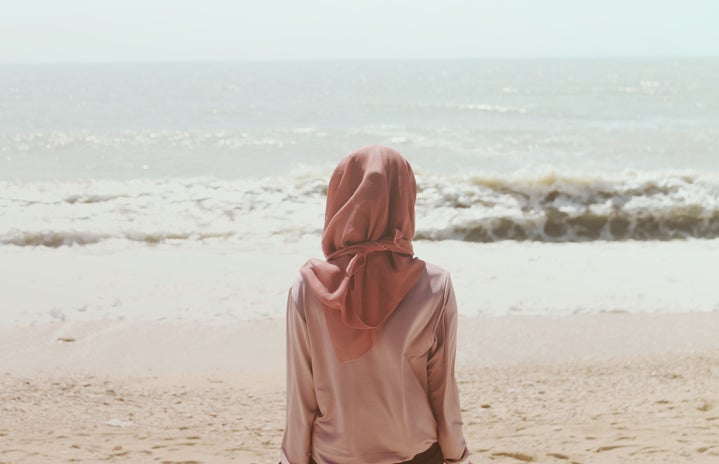Edited by: Veronika Potylitsina
Winter is fast approaching here in Toronto, and with the darkened days and frozen nights comes the onset of seasonal affective disorder for an estimated 2% to 3% of the Canadian population.
Seasonal affective disorder (SAD) is a type of depression that displays a seasonal pattern, with symptoms becoming prevalent in the winter months (or in rare cases, the summer months). Symptoms can include reduced energy, hypersomnia, weight gain, craving for carbs, and social withdrawal.
While many of us can relate to some of these symptoms, the severity and duration of these symptoms is what differentiates those who suffer from SAD. It is normal for anybody to feel gloomy during the winter months, and typically, these mood shifts do not affect our ability to go about our daily lives. SAD is a form of depression, and it has a profound impact on the daily life of those affected.
It isn’t clear as to why SAD occurs, but it is likely that there are various causes, including changes in the body’s natural daily rhythms (circadian rhythms), in the eyes’ sensitivity to light, and in how chemical messengers like serotonin function. According to the National Institute of Mental Health, risk factors include being female, family history of depression, having depression or bipolar disorder, and being a young adult. They also found that living far from the equator increases the risk of SAD: 1 percent of those who live in Florida and 9 percent of those who live in New England or Alaska suffer from seasonal affective disorder.
There are various treatments available for those suffering from SAD. Some antidepressants have proven effective, though it is important to have a discussion with your doctor to see if these medications are right for you. A more accessible type of therapy for SAD is light therapy!
The thought is: if the lack of sunlight causes SAD, then a higher level of light could potentially benefit those with the disorder. According to the Harvard Health Blog, bright light stimulates cells in the retina that connect to the hypothalamus—the part of the brain that controls circadian rhythms. This could mimic the light of the summer months and potentially reduce symptoms of SAD. The Harvard Health Blog also states that light therapy is at least as effective as antidepressants,
Light therapy lamps mimic the light levels of the summertime months. These lamps provide 10,000 lux – a measure of light intensity. These light levels are about 100 times brighter than indoor lighting, while the light intensity of a sunny day can be greater than 50,000 lux. It is suggested that the user sits in front of the therapy lamp for 20-60 minutes to receive the maximum effects of exposure.
What can you do with all of this information? See if light therapy works for you! Light therapy lamps are available for your use at Robarts Library. You can find them in the 2nd floor reading room (centre 4-seater table against the back wall), the 3rd floor Media Commons (adjacent to Screening Room 1), the 4th floor reference room (adjacent to shelf #25), and on the 10th floor (adjacent to shelf #30). Find more information about the use and cautions regarding the therapy lamps at Robarts by clicking here.
Remember, light therapy lamps aren’t a sufficient alternative to consulting a medical professional if you believe you have seasonal affective disorder. If you think that light therapy may work for you, grab a good book (or more likely, a textbook), come down to Robarts, and read under 10 000 lux of summer-like light.
(If you are in distress, please call one of the many available health lines.)

